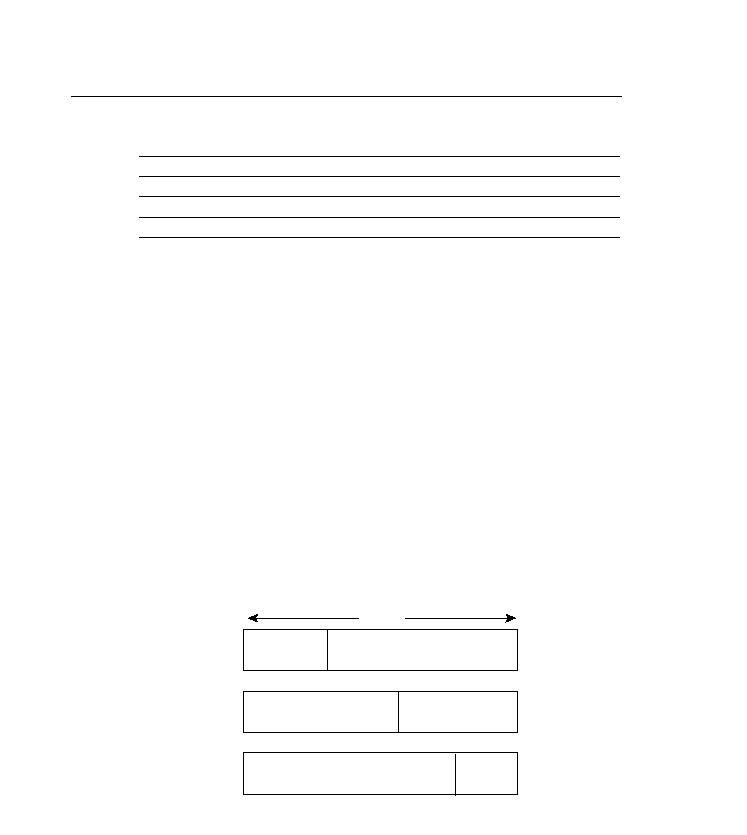
associated with the interface. The design of classful networks assumes that the same major
network will exist throughout the network. Classful routing observes the class address
boundaries of Classes A, B, and C. Classful routing protocols cannot carry subnet mask
information in their updates. Before a classful routing protocol sends out an update, it performs
a check against the subnet mask of the network that is about to be advertised. If the subnet is
different, the classful routing protocol drops the route. A classful routing protocol will not
advertise routes out of an interface if those routes are on the same major network but have a
different mask than that particular interface.
had to be rendered to grant more network space. The number of entries in the routing tables of
the Internet was reaching capacity. In addition, the amount of resources, CPU, and memory
required to manage the large routing tables represented an ineffective use of router resources.
Classless routing protocols provide greater flexibility in the IP addressing design plan. Figure
5-3 shows the prefix lengths of each class of IP address.